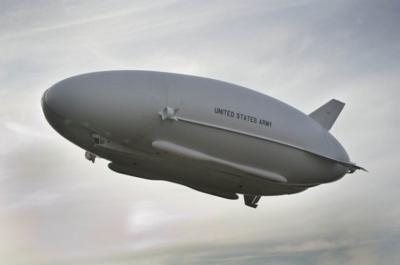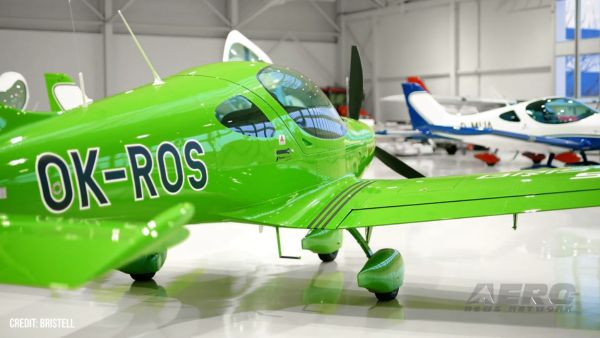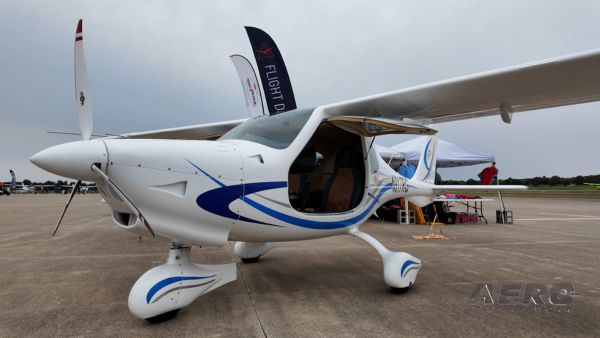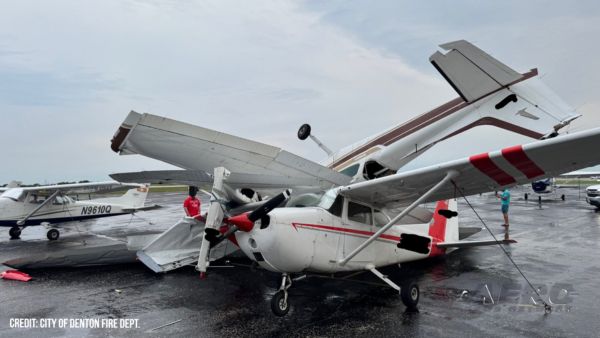Fri, Aug 10, 2012
Advertisement
More News
 ANN's Daily Aero-Term (09.11.25): Global Navigation Satellite System (GNSS)
ANN's Daily Aero-Term (09.11.25): Global Navigation Satellite System (GNSS)
Global Navigation Satellite System (GNSS) GNSS refers collectively to the worldwide positioning, navigation, and timing determination capability available from one or more satellit>[...]
 ANN's Daily Aero-Linx (09.11.25)
ANN's Daily Aero-Linx (09.11.25)
Aero Linx: ShortWingPipers.Org "The mission of ShortWingPipers.Org is to provide an international on-line source of information and communication for owners and enthusiasts of Shor>[...]
 Aero-News: Quote of the Day (09.11.25)
Aero-News: Quote of the Day (09.11.25)
“This finding by Perseverance, launched under President Trump in his first term, is the closest we have ever come to discovering life on Mars. The identification of a potenti>[...]
 Aero-FAQ: Dave Juwel's Aviation Marketing Stories -- ITBOA BNITBOB
Aero-FAQ: Dave Juwel's Aviation Marketing Stories -- ITBOA BNITBOB
Dave Juwel's Aviation Marketing Stories ITBOA BNITBOB ... what does that mean? It's not gibberish, it's a lengthy acronym for "In The Business Of Aviation ... But Not In The Busine>[...]
 Airborne 09.10.25: 1000 Hr B29 Pilot, Airplane Pile-Up, Haitian Restrictions
Airborne 09.10.25: 1000 Hr B29 Pilot, Airplane Pile-Up, Haitian Restrictions
Also: Commercial A/C Certification, GMR Adds More Bell 429s, Helo Denial, John “Lucky” Luckadoo Flies West CAF’s Col. Mark Novak has accumulated more than 1,000 f>[...]
blog comments powered by Disqus




